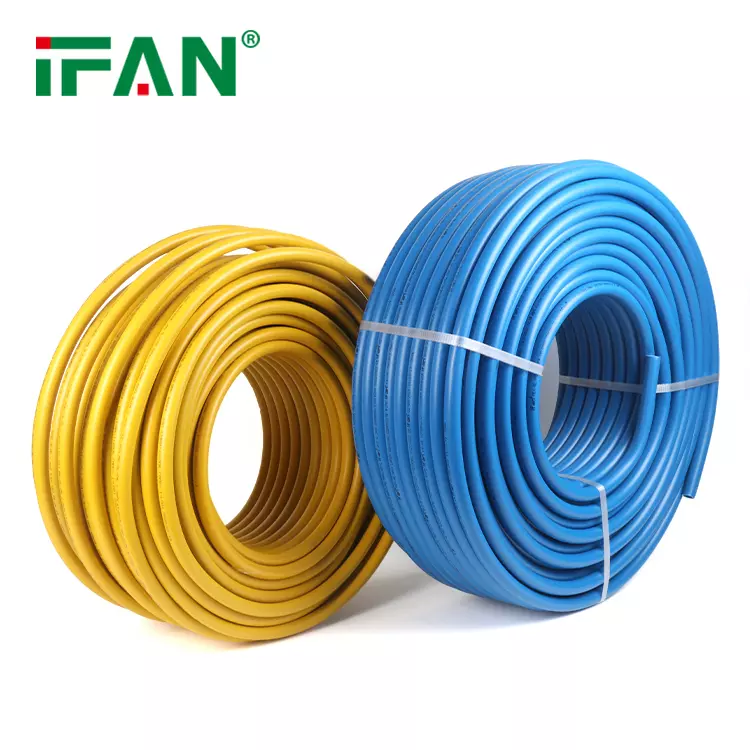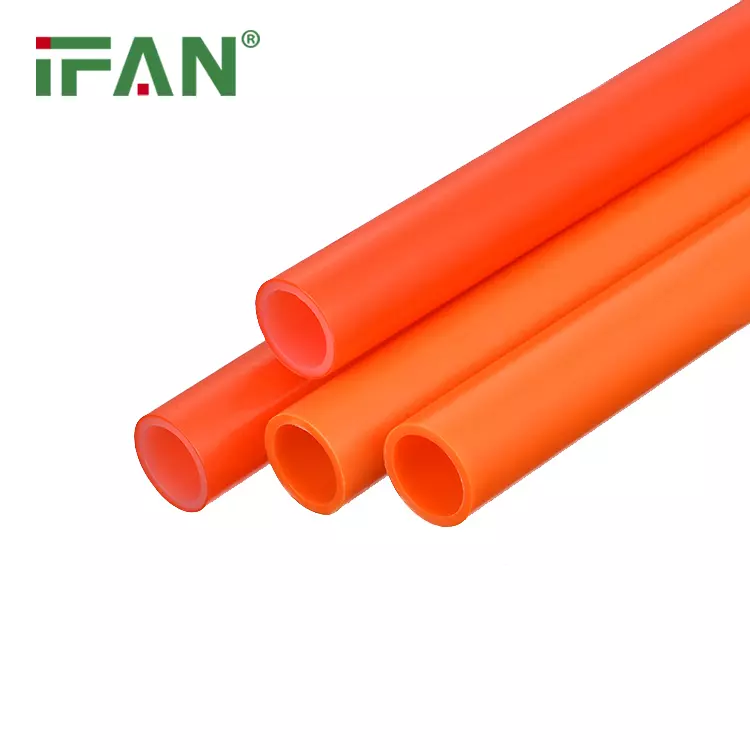Floor heating pipes are essential components in modern radiant heating systems. Their thermal efficiency plays a significant role in determining the overall performance of these systems. Understanding the thermal efficiency of floor heating pipes is crucial for optimizing energy consumption and ensuring comfort.
What is Thermal Efficiency?
Thermal efficiency refers to the ability of a heating system to convert energy into useful heat. In the context of floor heating pipes, it involves how effectively the pipes transfer heat to the floor surface and subsequently to the room. High thermal efficiency means less energy is wasted, resulting in lower heating costs.
For example, a floor heating system with high thermal efficiency will heat a room quickly and maintain a comfortable temperature. This efficiency can be affected by various factors, including the type of material used in the pipes and the installation method.
Material Impact on Thermal Efficiency
The material of the heating pipes significantly influences their thermal efficiency. Common materials include PEX, PPR, and PE-RT. Each material has different thermal conductivity properties, impacting heat transfer.
PEX pipes are known for their excellent flexibility and good thermal conductivity. This allows them to distribute heat evenly across the floor. On the other hand, PPR pipes, while durable, may not transfer heat as effectively as PEX. Therefore, selecting the right material is essential for maximizing thermal efficiency.
Pipe Diameter and Spacing
The diameter and spacing of floor heating pipes also affect thermal efficiency. Pipes that are too far apart may lead to uneven heating, resulting in cold spots. Conversely, pipes that are too close together can create heat build-up, leading to energy wastage.
For optimal performance, the recommended spacing for PEX pipes is usually 12 to 15 inches apart. This spacing allows for effective heat distribution while minimizing energy consumption. Proper pipe diameter selection ensures that the system can deliver adequate heat without unnecessary losses.
Insulation Considerations
Insulation is a crucial factor in the thermal efficiency of floor heating pipes. Proper insulation beneath the pipes prevents heat loss into the subfloor, maximizing the heat delivered to the room. Without adequate insulation, a significant portion of heat can be wasted.
For example, using high-quality insulation boards can enhance the efficiency of a floor heating system. This insulation traps heat and directs it upward into the living space, improving overall performance. Inadequate insulation, however, can lead to increased energy bills and inconsistent heating.
System Design and Configuration
The design and configuration of the floor heating system impact thermal efficiency as well. Different layouts, such as spiral or serpentine patterns, can influence how evenly heat is distributed. A well-designed system ensures that every area of the room receives adequate warmth.
For instance, in larger spaces, a design that incorporates multiple loops may be more effective. This configuration allows for better heat distribution and improved efficiency. An inefficient layout can create hot and cold zones, reducing overall comfort and effectiveness.
Energy Source and Control Systems
The energy source used to heat the water in the floor heating system also affects thermal efficiency. Common sources include boilers, heat pumps, and solar water heaters. Each source has its efficiency ratings that influence the overall system performance.
Moreover, the control systems used to manage the temperature can significantly enhance thermal efficiency. Smart thermostats can adjust the heating based on occupancy and outside temperature, reducing unnecessary energy consumption. For example, a smart thermostat can lower the temperature when no one is home, maximizing energy savings.
Maintenance and Longevity
Regular maintenance is vital for maintaining the thermal efficiency of floor heating pipes. Over time, debris and mineral buildup can affect heat transfer. Periodic flushing of the system can remove these deposits and restore efficiency.
In addition, checking for leaks is essential. Even small leaks can lead to significant heat loss and increased energy costs. A well-maintained system will not only operate more efficiently but also have a longer lifespan.
Economic Benefits of High Efficiency
Investing in a floor heating system with high thermal efficiency can lead to significant economic benefits. Lower energy bills are the most obvious advantage. Efficient systems require less energy to maintain comfortable temperatures.
For instance, homeowners may notice a reduction in heating costs during the winter months. In commercial settings, businesses can save on operational expenses, enhancing profitability. The initial investment in quality materials and design pays off through long-term savings.
Environmental Impact
Improving the thermal efficiency of floor heating pipes also has positive environmental implications. Reduced energy consumption translates to lower carbon emissions. This is particularly important in the context of climate change and sustainability efforts.
For example, using energy-efficient heating systems can contribute to a building’s green certification. This can increase property value and appeal to environmentally conscious buyers. Emphasizing thermal efficiency aligns with global efforts to promote sustainable practices.
IFAN International Standard for Pex Tubing
IFAN standards for PEX (cross-linked polyethylene) piping systems encompass a range of international and regional guidelines to ensure quality and safety. ISO 15875 provides a comprehensive international standard for PEX pipes and fittings, covering their specifications and performance requirements.GB/T 18992 specifies the standards for PEX pipes in China, ensuring they meet local safety and durability requirements. DIN 16892 sets forth the technical standards for PEX pipes in Germany. In the United States, ASTM F877outlines the standards for PEX tubing used in potable water systems, while ASTM F2788 focuses on the testing methods for these systems. The BS 7291 and BS EN ISO 15875 standards in the UK detail the specifications and installation practices for PEX pipes. Lastly, CSA B137 provides the Canadian standards for PEX piping systems, covering various applications and performancecriteria. These standards collectively ensure that PEX products are reliable and meet the necessary quality benchmarks for different regions and applications.
Conclusion
The thermal efficiency of floor heating pipes is a critical factor in the effectiveness of radiant heating systems. By understanding the various components that influence efficiency, homeowners and builders can make informed choices. Material selection, insulation, system design, and maintenance all play vital roles in optimizing performance.
Investing in high-quality floor heating pipes and ensuring proper installation can lead to significant benefits. These include improved comfort, reduced energy costs, and positive environmental impacts. Overall, prioritizing thermal efficiency is a smart decision for anyone considering a floor heating system.
If you have read this article and have any questions, please feel free to contact IFAN. Below is our contact information:
Whatsapp:+86 13373827623
Email:[email protected]






















































